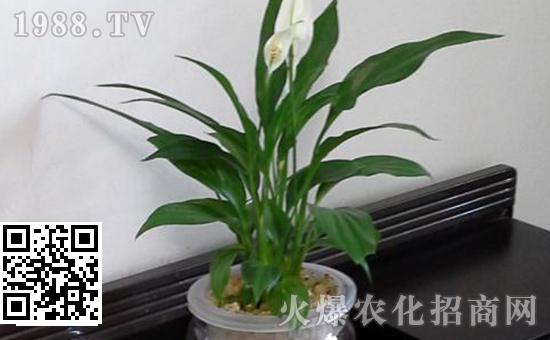Planting and maintenance of Paeonia lactiflora
Since ancient times, peony has been known as a rich flower with large flowers and bright colors. With the support of the green leaves, it appears more elegant and charming, coupled with the delicate fragrance, so it has always had the reputation of "national color and heavenly fragrance" and has been recognized as the king of flowers.
Tree peony is a deciduous shrub, sexual sun-loving, cold-resistant, avoid high temperature and muggy heat, suitable for growth in loose, fertile, well-drained neutral soil. It has a certain ability to resist drought but is not resistant to moisture, and it is not allowed to plant in low-lying places with stagnant water. if there is too much water in the soil, its fleshy roots are easy to rot. Because the root of peony is longer and the plant is larger, it is suitable for planting on the ground. if you want to pot, you should choose a large tile basin with good water permeability, preferably with a tile jar with a depth of 60-70 cm.
According to the color of flowers, peony varieties can be divided into nine color systems: White, yellow, pink, red, purple, green, black and blue; the flower type can be divided into single petal type, double petal type, rose hydrangea type and so on; the florescence is early, middle and late.
The propagation of peony flowers can be done by sowing method, split method and grafting method. However, the sowing method takes too long, from the time of sowing, the flowers can not be seen until 4-5 years later, and the plants can not be widely planted until they are mutated and stable. Because the grafting method is highly technical, it is generally adopted by experienced flower growers. If the novice does not operate properly, it will be difficult to grow up smoothly.
So this is the best planting time for peony and peony. In this way, it is convenient to drain water in case of heavy rain.
The planting of peony and peony should not be too deep and should not exceed the depth of the original old root. If you plant too deep or too shallow, you will not grow well. When planting, pay attention to make the roots stretch naturally and spread evenly in the pit. Press the emblem a little after planting, so that the root and the soil are closely combined, and then water once through, and then can not be watered again within a month, let alone fertilized. When the weather is cold, it is best to cover the roots with a layer of straw or rotten leaves to protect them from the cold; if planted in the north, you should also hang some wind-proof grass curtains on the north of the seedling site to prevent frostbite. After 1-2 months, if the weather is dry and there is no rain, you can water it appropriately, but you should grasp one principle: peony is afraid of stagnant water and would rather be dry than waterlogged. It doesn't matter if you do it at all, but if you get too wet, you will rot and die. Usually, as long as you can keep the soil from being too dry. In case of continuous rainy weather, the drainage ditch should be dredged in time, and its roots must not be allowed to accumulate water.
Since then, after every rain, it is appropriate to loosen the soil again when it clears up, so as not to grow grass near the roots.
Peony is not resistant to high temperature, so cooling measures should be taken in time when it is hot in summer. You'd better build an Arbor to shade it. Cover the grass curtain or Reed before noon and remove it in the evening. If this measure is done in time, the fallen leaves can be prevented. If the leaves are heated and fallen, it will seriously affect the flowering in the future.
From the second year of planting, every early spring and February, we should check the basal foot buds in the near soil, leaving only 6 Murray 8 strands strong and evenly distributed, and peeling off other redundant foot buds. This is called "fixed shares and taking buds", because if there are too many, it will affect the flowering in the coming year. Remember, everyone!
- Prev

Chinese cabbage terrace planting
Also known as non-heading cabbage, cabbage, English called cabbage. It is native to China, distributed in all parts of the north and south, and cultivated widely in China. Cruciferae...
- Next

How to hydroponically cultivate white palm? Culture method of hydroponic culture of white palm
White palm is a plant liked by many friends. In addition to common soil culture methods, white palm can also be hydroponically cultivated. How should white palm be hydroponically cultivated? Next, I will introduce to you the method of hydroponic culture of white palm. The culture method of hydroponic white palm in hydroponic culture, we must choose larger utensils.
Related
- Fuxing push coffee new agricultural production and marketing class: lack of small-scale processing plants
- Jujube rice field leisure farm deep ploughing Yilan for five years to create a space for organic food and play
- Nongyu Farm-A trial of organic papaya for brave women with advanced technology
- Four points for attention in the prevention and control of diseases and insect pests of edible fungi
- How to add nutrient solution to Edible Fungi
- Is there any good way to control edible fungus mites?
- Open Inoculation Technology of Edible Fungi
- Is there any clever way to use fertilizer for edible fungus in winter?
- What agents are used to kill the pathogens of edible fungi in the mushroom shed?
- Rapid drying of Edible Fungi

